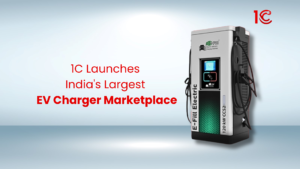
1C launches nation's largest EV charger marketplace, bringing chargers from renowned OEMs under a singlemplatform, offering convenience & options for EV owners.

In Pune, KPIT Technologies is leading the way in a shift from conventional lithium-ion batteries to sodium-ion batteries. Unlike lithium-ion batteries which use scarce materials, sodium-ion batteries use abundant sodium. KPIT’s initiative aims to make electric vehicles more cost-effective and reduce dependency on materials from other nations.
A rechargeable battery is known as an ion-based battery that effectively stores and releases electrical energy by allowing ions (charged particles) to move between two electrodes, a positive electrode called the cathode and a negative electrode known as the anode. This movement of ions happens during both the charging and discharging processes, allowing the battery to store and release energy efficiently.
A sodium-ion battery functions by using positively charged sodium ions to store and release energy using small particles. Unlike batteries that are found in phones and electric cars, which use lithium ions, sodium-ion batteries emerged as a possible alternative in the 1990s and started being explored for commercial applications.
Sodium-ion batteries, or Na-ion batteries, work through a chemical reaction that stores and releases electrical energy. Similar to all batteries, they consist of two parts – a positive and a negative part – with a special substance called an electrolyte in between. This electrolyte enables small charged particles, known as ions, to move between the positive and negative parts.
The working of both types of batteries is the same, but instead of using lithium ions, they use sodium ions. The materials chosen for the positive and negative parts and the electrolyte can impact how well the battery works and lasts. Scientists are always trying out different combinations to find the best mix of cost, performance, and safety. Usually, sodium is found in the negative part and the electrolyte.
Lithium-ion batteries work by using lithium ions to store and release energy. They are often found in phones, laptops, and electric cars. These batteries have positive and negative parts separated by a substance called electrolyte. The electrolyte helps lithium ions move between the positive and negative parts.
These batteries function well because lithium ions move easily, allowing for recharging. They’re popular for storing a decent amount of energy relative to their size and weight. However, they aren’t flawless and come with drawbacks, such as the risk of overheating and requiring careful handling.
Considering sodium-ion over lithium-ion batteries for electric vehicles (EVs) has some reasons, even though both types have pros and cons.
Feature | Sodium-Ion Battery | Lithium-Ion Battery |
Material Availability | Sodium is abundant and widely available. | Lithium availability can be limited. |
Cost | Potentially lower cost. | Generally higher cost. |
Energy Density | Lower energy density. | Higher energy density. |
Charging Speed | Slower charging speed. | Faster charging speed. |
Voltage | Lower voltage (around 2.5V). | Higher voltage (around 3.7V). |
Environmental Impact | Potentially lower environmental impact. | Environmental concerns with lithium mining. |
Safety | It might offer improved safety features. | Generally safe, but some risk of overheating. |
Life Cycle | Limited charge cycles before degradation. | Longer cycle life in many lithium-ion chemistries. |
Application | It is still evolving and may be suitable for EVs. | Widely used in EVs and various electronic devices. |
Pune-based KPIT Technologies, a software integration firm focusing on the automotive and mobility ecosystem, has introduced sodium-ion battery technology. This innovation aims to decrease reliance on imported core battery materials. The new technology is expected to cut the cost of electric vehicle batteries by approximately 25-30% compared to existing lithium-ion batteries, according to Ravi Pandit, co-founder and chairman of KPIT.
KPIT Technologies aims to significantly reduce the cost of electric vehicle batteries by introducing sodium-ion battery technology. The anticipated reduction of 25-30% compared to lithium-ion batteries is a key cost-saving objective.
KPIT’s initiative responds to global concerns about the concentrated supply of lithium in a few countries, such as China and Bolivia. By developing sodium-ion batteries, KPIT contributes to diversifying the supply chain for battery materials.
The sodium-ion battery technology relies on Earth’s abundant raw materials, positioning it as a sustainable alternative. This approach aligns with KPIT’s commitment to environmentally friendly solutions.
KPIT’s sodium-ion battery technology is not limited to electric vehicles. It has applications in various sectors, including automotive, mobility, electric two and three-wheelers, commercial vehicles, stationary deployments (e.g., UPS backups and grid storage), as well as the marine and defense sectors.
Sodium-ion batteries offer a prolonged lifespan with 80% capacity retention over 3000-6000 cycles. Additionally, they provide quicker charging capabilities than traditional lithium-ion batteries, enhancing their attractiveness for different applications.
KPIT’s sodium-ion battery initiative contributes to the global push for supply chain localisation. By reducing dependency on imported core battery materials, it promotes a more self-reliant and stable supply chain.
KPIT is actively exploring partnerships with battery manufacturers to leverage its proprietary sodium-ion battery technology. Collaborative efforts are essential for scaling up production and widespread adoption.
The sodium-ion battery initiative aligns with KPIT’s broader commitment to a sustainable mobility ecosystem. It reflects the company’s strategic vision for alternative battery technologies and the localisation of the storage value chain.
KPIT’s initiative recognises the projected growth of the electric vehicle market. As India aims to electrify 30% of its vehicle fleet by 2030, initiatives like these become crucial to address challenges such as high EV battery costs and import dependence on key raw materials for batteries.
With the Indian Li-ion battery market expected to surge from 4 GWh in 2022 to 120 GWh by 2030, KPIT emphasises the need for rapid innovation and scaling by cell manufacturers to meet the high demand with a compound annual growth rate (CAGR) of 53%.
Sodium-ion batteries are a new and hopeful development in electric vehicles, and KPIT Technologies is leading the way. These batteries are a good option compared to regular lithium-ion ones because they are more available, cheaper, and safer. KPIT’s global plan not only deals with cost problems but also helps create a stable and diverse supply chain. The sodium-ion batteries aren’t just for electric cars; they have other uses too, showing KPIT’s dedication to eco-friendly transportation. As more electric cars come into use, creative solutions like this one are crucial for solving problems and making a cleaner future.
CATL is developing sodium-ion batteries, a kind that stores and releases energy using sodium ions. They’re looking into this as an option to the usual lithium-ion batteries. Sodium-ion batteries come with benefits like being cost-effective and safer. CATL’s goal is to play a part in creating sustainable solutions for storing energy.
Sodium batteries are considered better than lithium batteries for a few reasons. Sodium, a key component, is more abundant and cheaper than lithium. Sodium batteries are also considered safer and have a potentially lower environmental impact. However, they are still in the development stage and need improvements to match the performance of lithium batteries.
Sodium-ion batteries are not widely used yet for several reasons. While they have advantages, they also face challenges like lower energy density and slower charging compared to lithium-ion batteries. Scientists are still working to improve these aspects and make sodium-ion batteries more practical for various applications.
1C launches nation's largest EV charger marketplace, bringing chargers from renowned OEMs under a singlemplatform, offering convenience & options for EV owners.
Explore the surprisingly long history of electric vehicles. Start from 1830s with dawn of EVs, go through 1900s when electric cars dominated the roads, move through the 60s, when ICE rose to popularity, and cruise through the 21st century to understand the rebirth of electric vehicle in automobile industry.
Can you charge your EV to 80% in 10 minutes? Discover the truth about fast charging and how 1C helps you find verified stations. Stay informed & charge wisely!
Amidst EV evolution, the 1C app has emerged as a gamechanger, setting new standards in the market. But what makes it stand out in an increasingly crowded space?
1C EV Charging App can help EV owners in Delhi-NCR in planning road trips. It eliminates the uncertainty of long drives with EV, ensuring a smooth journey.
1C EV Charging App has taken a proactive approach to ensure that EV owners can access 100% verified charging stations whenever and wherever they need them.
Streamline your EV charging with the 1C EV Charging App: 1 app, 250+ verified chargers, real-time data, and a user-friendly experience. Download now!
Right EV charger for your vehicle is important to ensure good performance. Navigate via various types, and key factors to consider when choosing an EV charger.


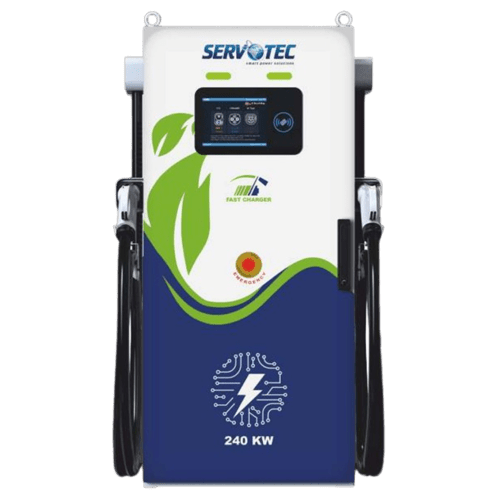
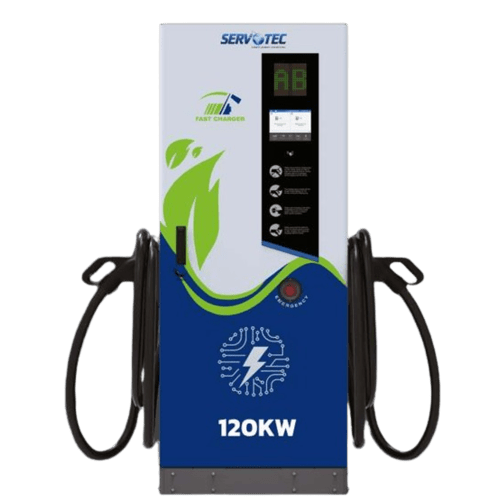
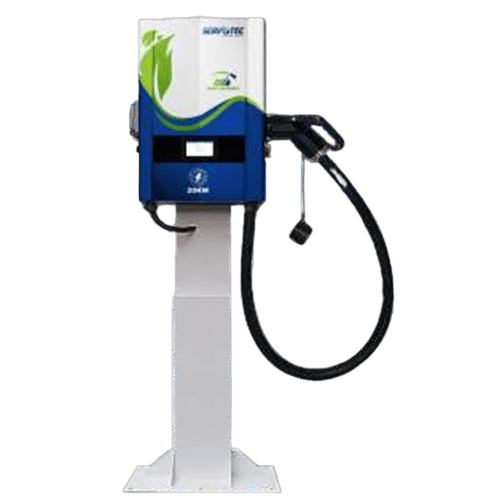
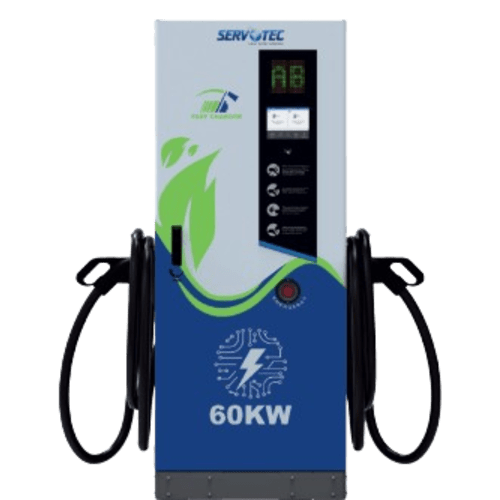
© 2024 Massive Mobility Private Limited. All rights Reserved